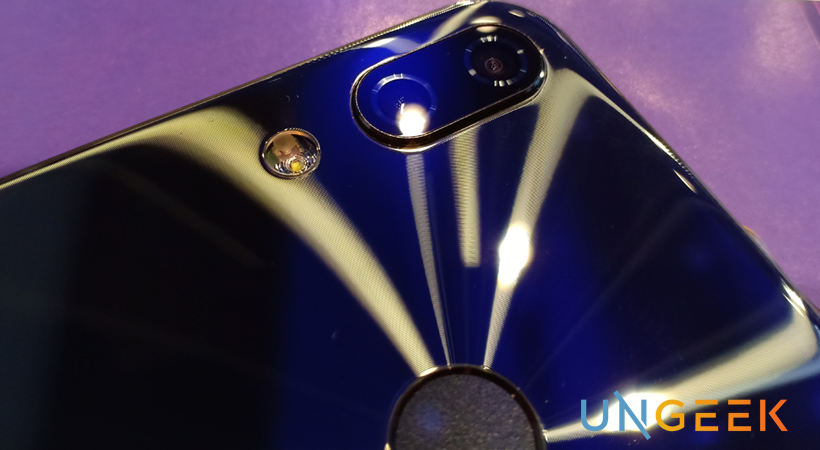8-Months Down the Line and the ZenFone 5 Shoots Better than Ever!
Thanks to the timely updates!

In 2018, we saw a huge rise in mid-range smartphone offerings from all the smartphone brands in the market. When the ASUS ZenFone 5 first came out, it was lauded as the company’s best release – a strong mid-range contender with wonderful optics, a solid form factor and a price range that’s easy on the budget (as compared to past ZenFone Series releases) but after a few months on release, the market was swarmed by mid-range options from other brands.
8-months down the line, how does the ZenFone 5 hold up? We’re here to explore.
For a bit of refresher, let’s revisit the specs one more time:
- AI-powered Qualcomm Snapdragon 636 processor
- Adreno 509 GPU
- 4GB of RAM
- 64GB of storage (expandable via MicroSD)
- 2-inch Full HD+IPS display; 19:9 aspect ratio, 2246×1080 resolution, DCI-P3 wide color gamut
- 12-megapixel main rear camera, Sony IMX363 sensor, f/1.8 aperture, Night HDR, OIS, Dual Pixel PDAF, RGB sensor
- 8-megapixel secondary rear camera, 120-degree wide angle view
- 8-megapixel front camera, F2.0, Omnivision 8856 sensor, 4-element lens, 84 degree view angle
- 4G, LTE
- Dual SIM
- WiFi, Bluetooth
- GPS, A-GPS
- Fingerprint scanner
- Facial Recognition
- USB Type-C port
- 3300mAh battery with BoostMaster and Smart Charging
- Android Oreo with ZenUI 5.0
- Initially released at Php 19,995 but now slashed to Php 17,995
A smartphone isn’t just the hardware components that’s put into it, a large chunk has to do with software interface, optimization and usage – and with a few months down after its initial launch, the ZenFone 5 has undergone some nifty updates.
There’s ton to choose from that made the ZenFone 5 work harder than before like Dual 4G SIM mode, Lift to check phone, improved navigational gestures, rounded hide notch (for A E S T H E T I C), and an overall improved camera experience – the key update that really got me excited.
Response time in capturing subjects have improved significantly – even on low light. And speaking of low-light, the face unlock of the ASUS Zenfone 5, which utilizes the front-facing camera of the phone, performs immensely better even in very little lighting conditions.
Here are a few night shots I toyed with after the update:
- Night Shot along Makati Ave
- At the Nike Park Launch BGC
- Inside the New Store
- BTS shoot with one of my clients
The new update even included Google Lens straight into your camera app which you can quick access by swiping left.
Google Lens, of course, allows you to scan text, scans barcodes, opens related media and auto searches items just by pointing your camera to it.
If that’s not enough, the new update also helps with video recording by adding EIS support on your 4k recording (still records at 30fps, though).
With the newly reduced price tag of Php 17,995, the ZenFone 5 is still in the fight amidst the various smartphone brands out there. The smart integration of depth-effect AND a wide angle lens (a feature not seen in most smartphone cameras nowadays), creates for better group photos and/or panoramic shots.
As for the phone’s relevance moving into 2019, though, it’s too early to tell considering we’re not entirely sure what else can be improved on the phone, software-wise, coming in for next year. I guess we’ll just have to wait and see. Still, if you’re partial to the brand, the ZenFone 5 is still an amazing unit to have. The Snapdragon 636, although not as prestigious as an 845, can handle apps well – even play games to perfection as we’ve delightedly seen with the ZenFone Max Pro M1.
For more info on the ZenFone 5 and ZenFones in general, check them out on their Official Facebook page.

















